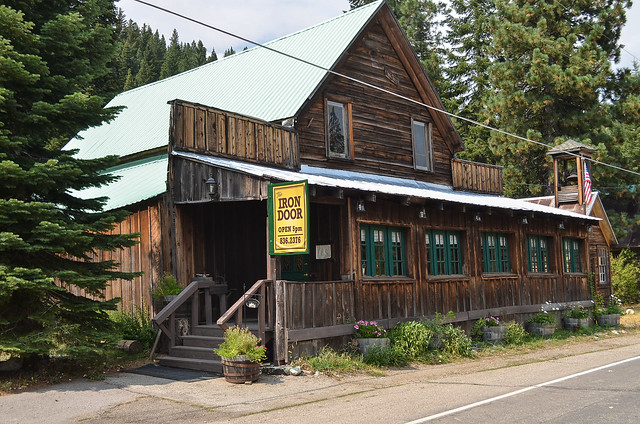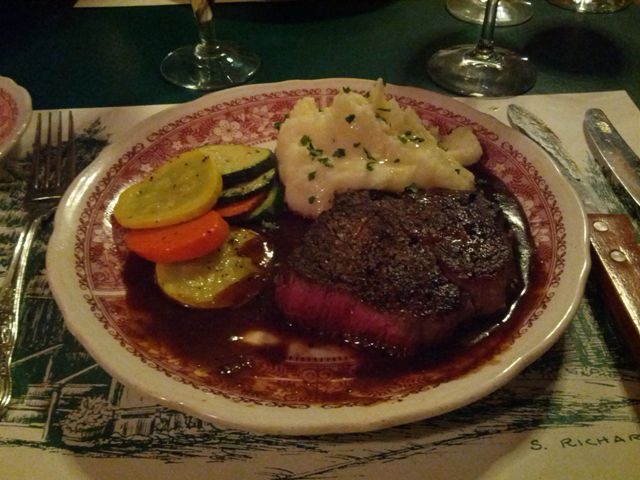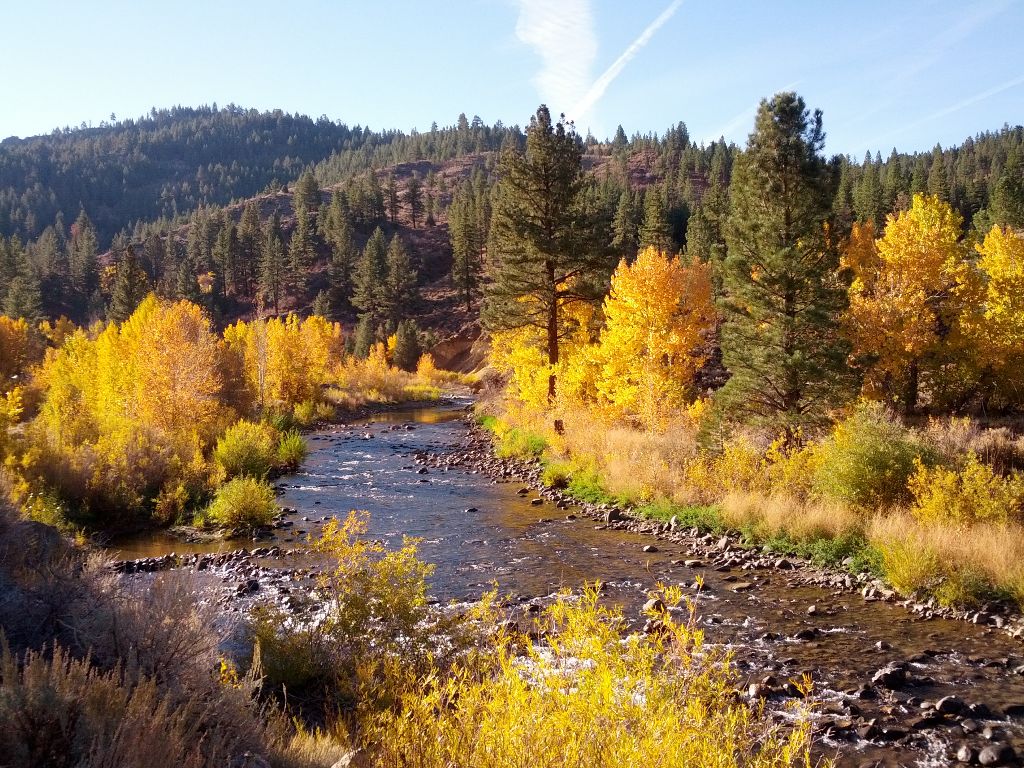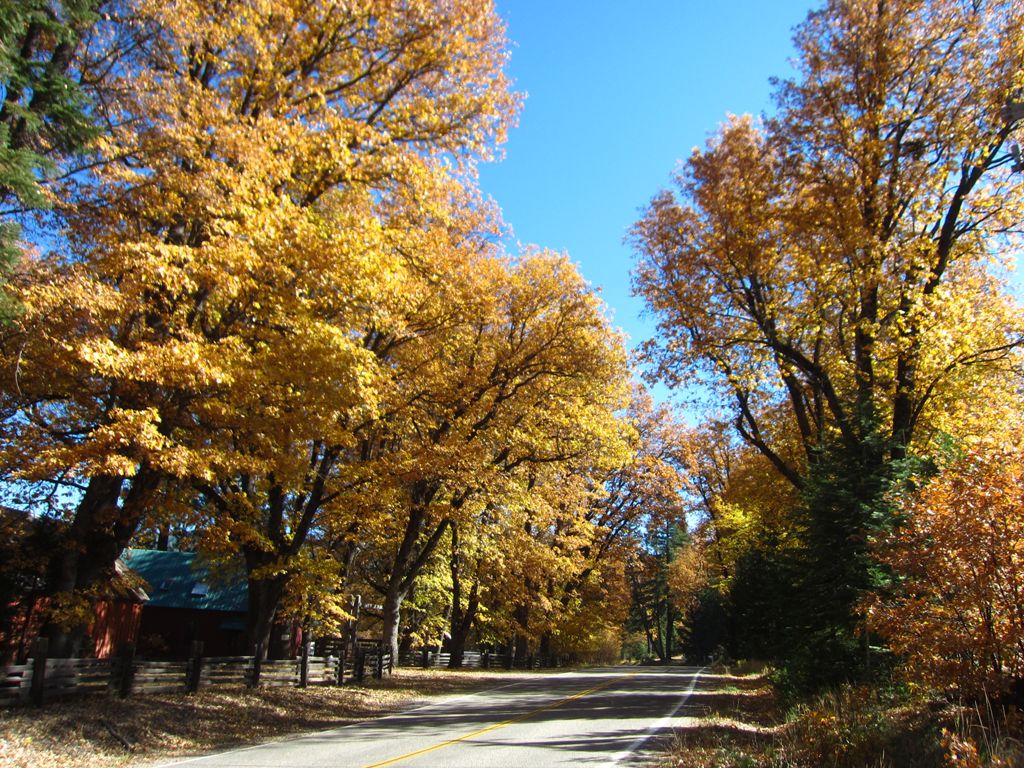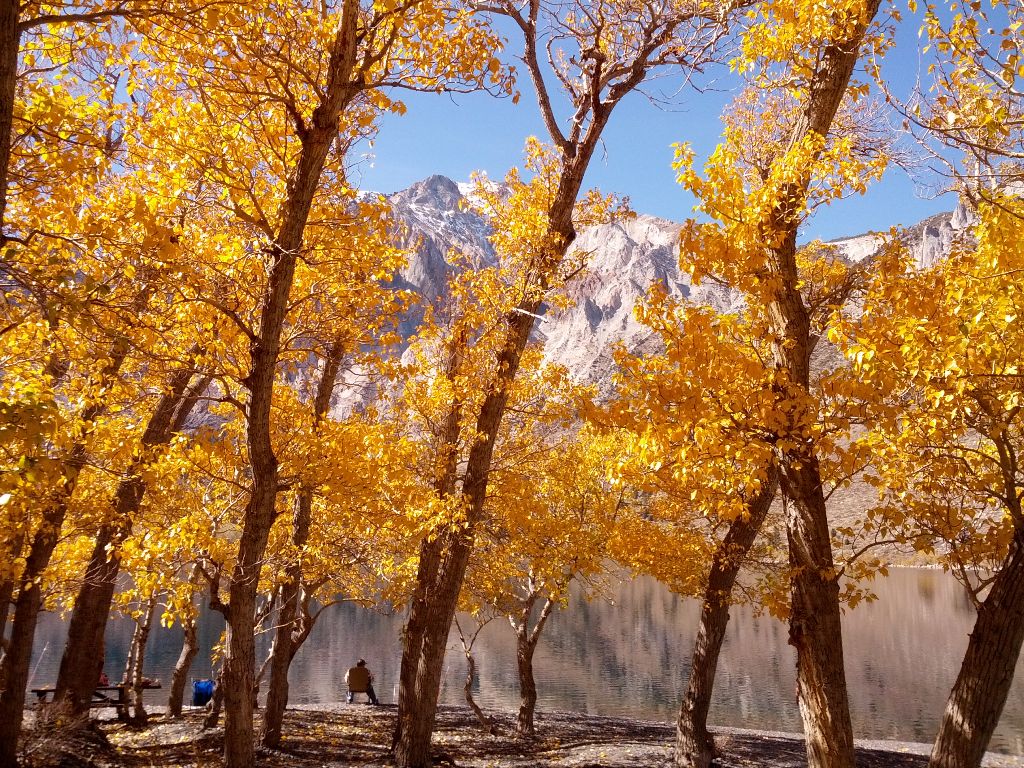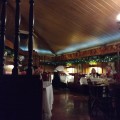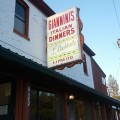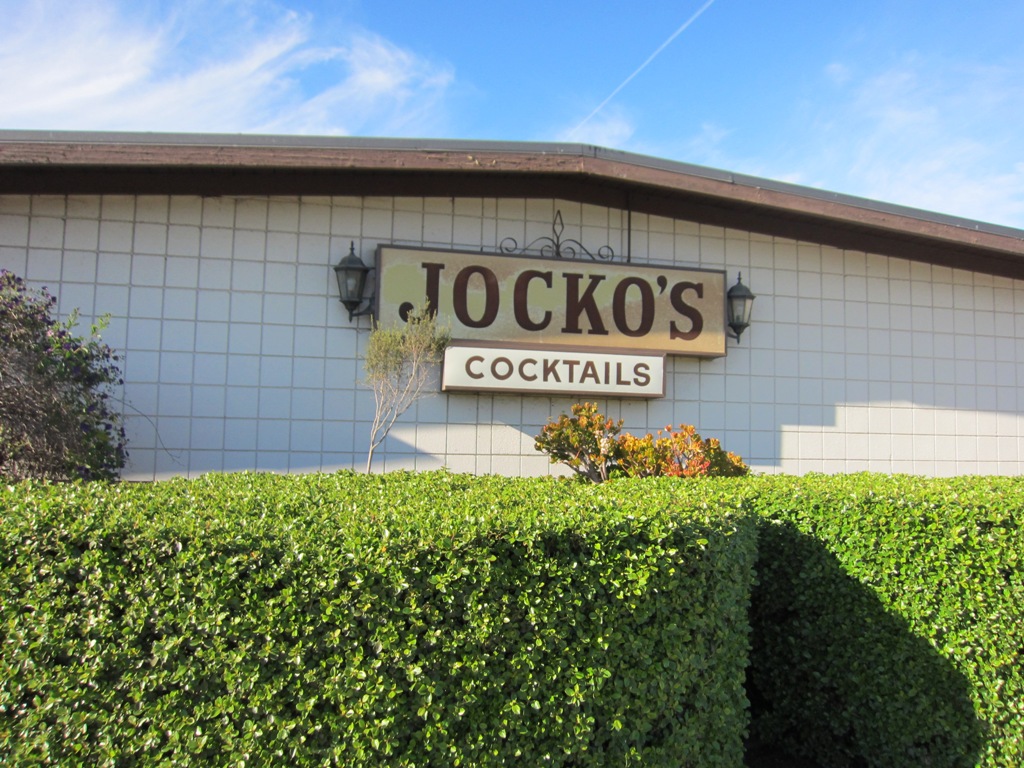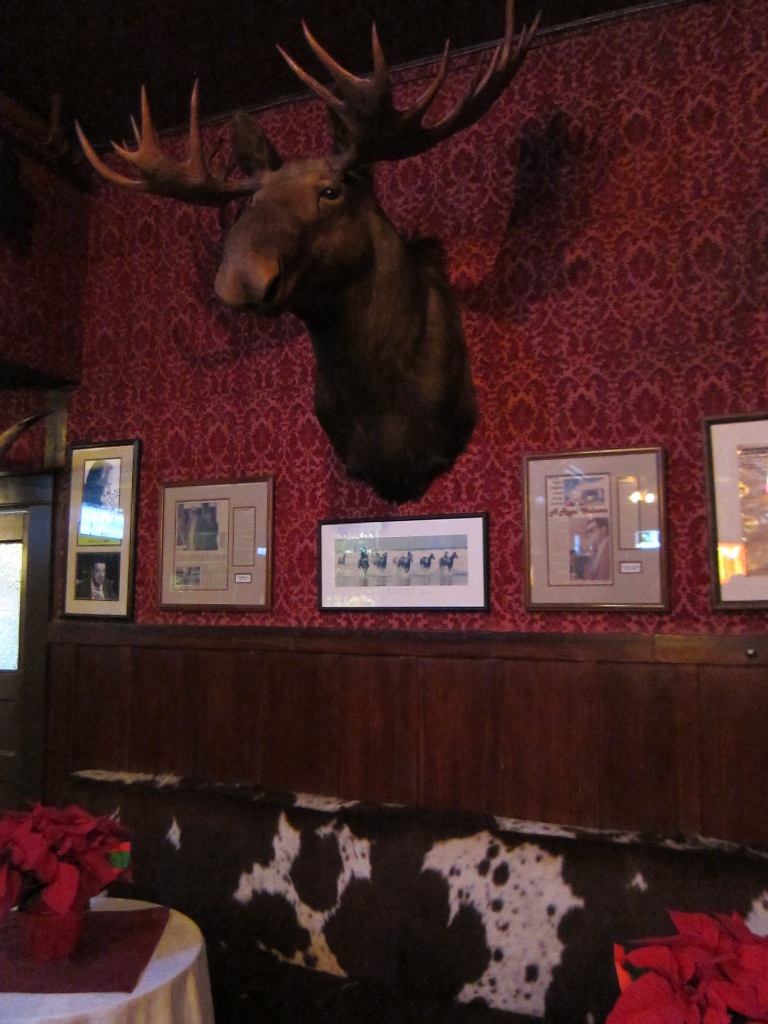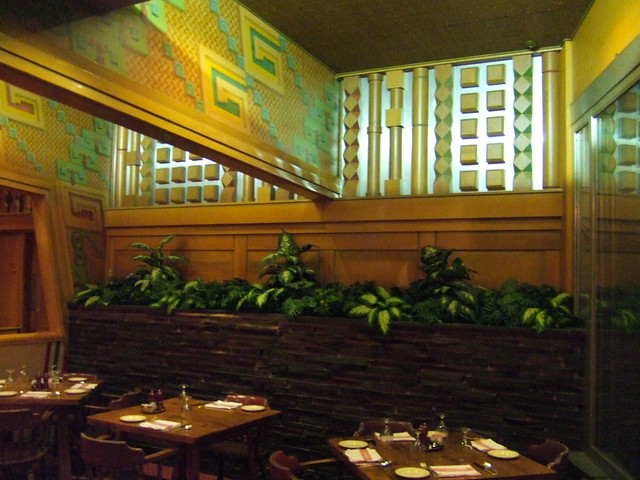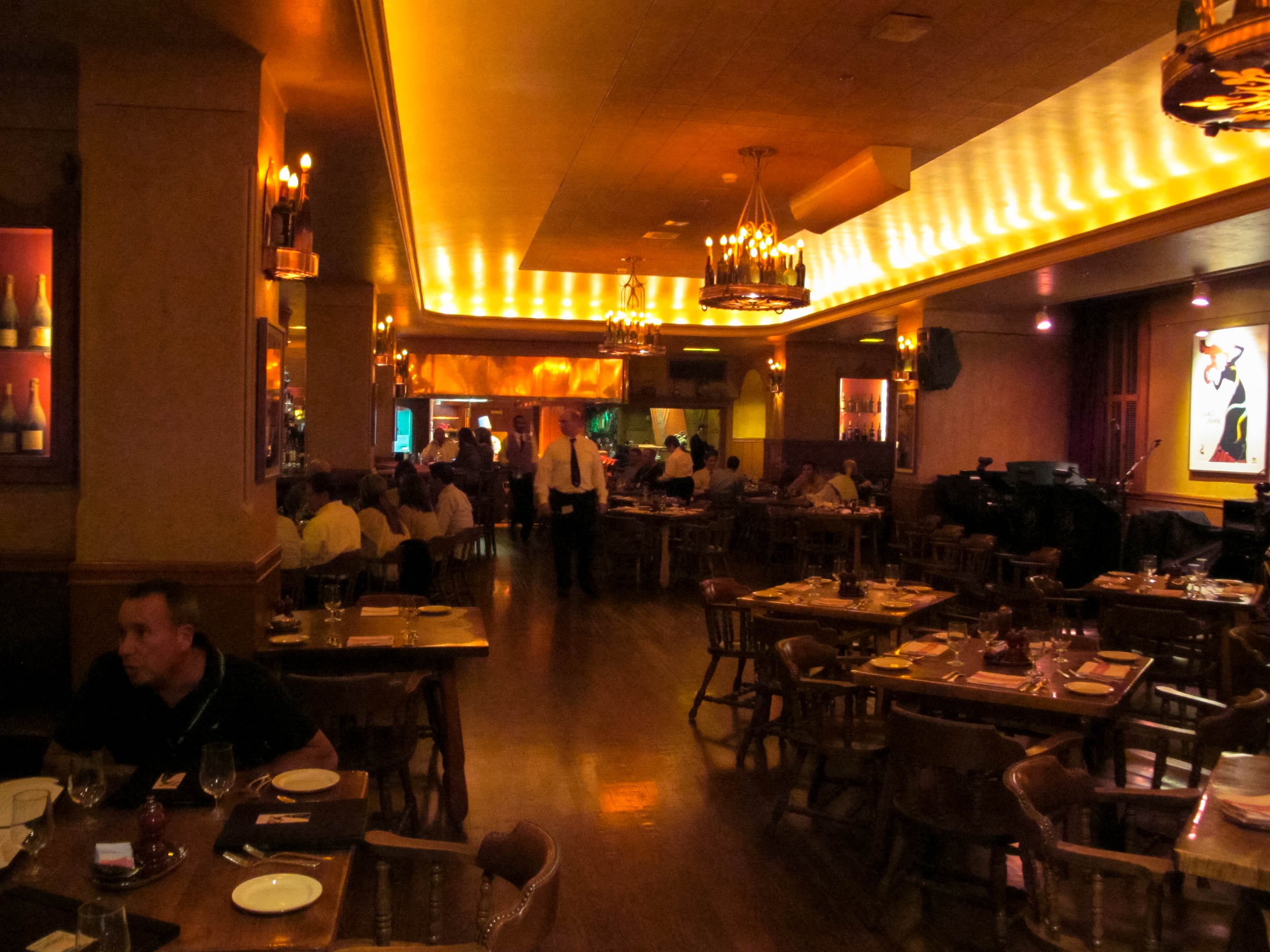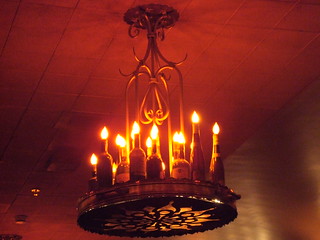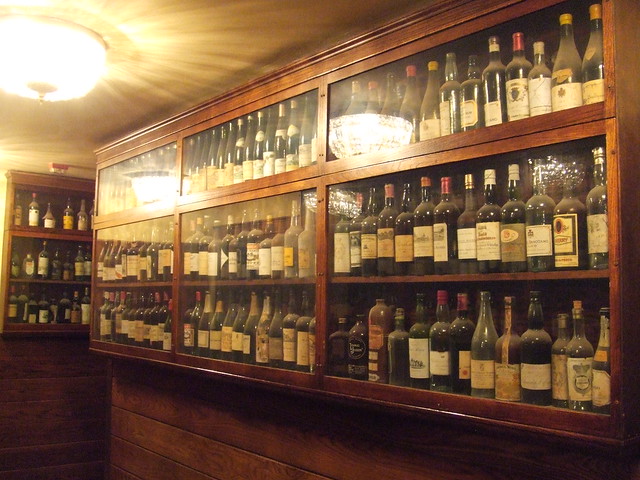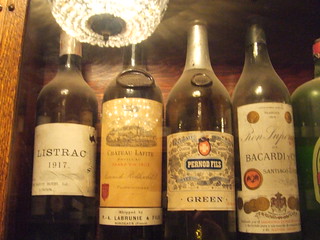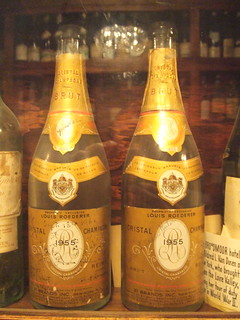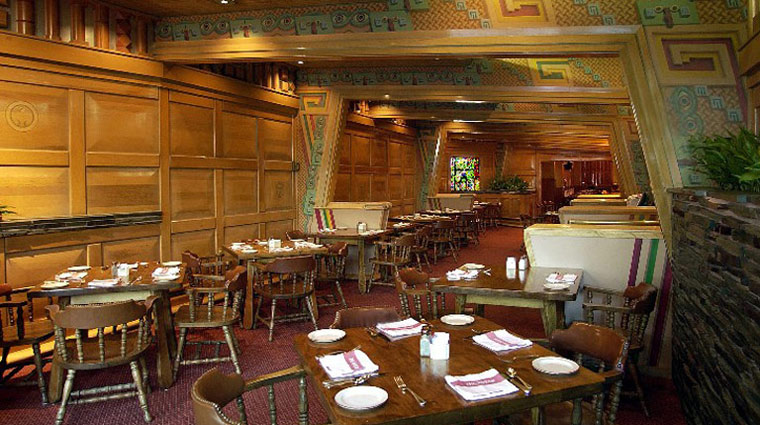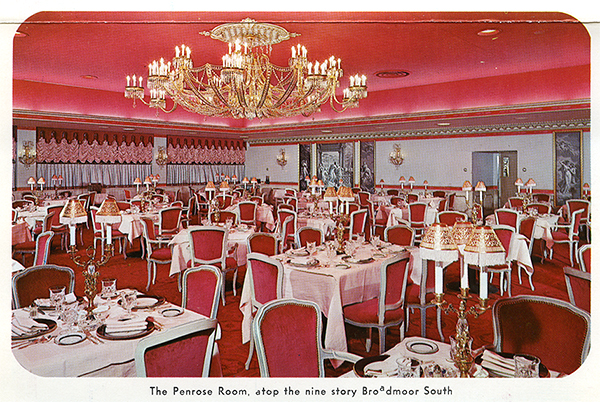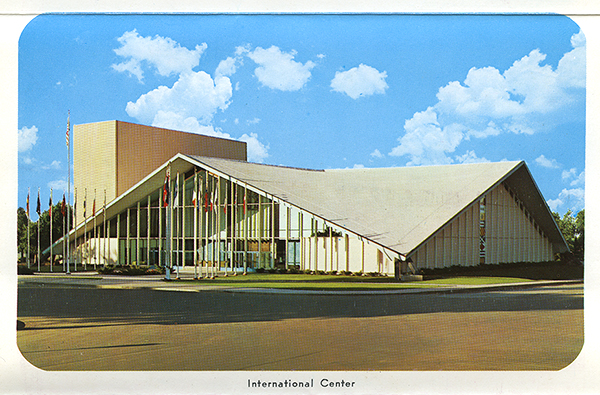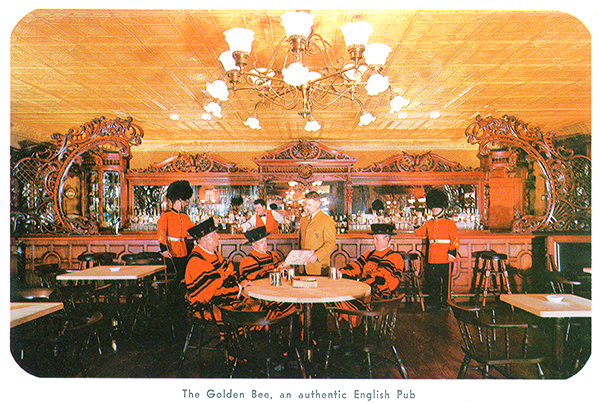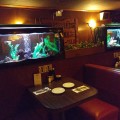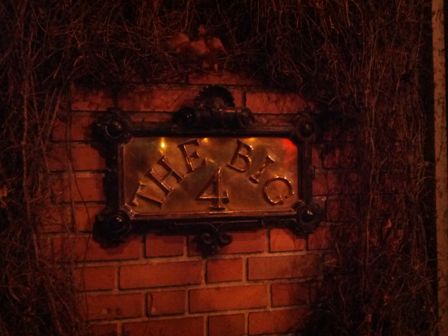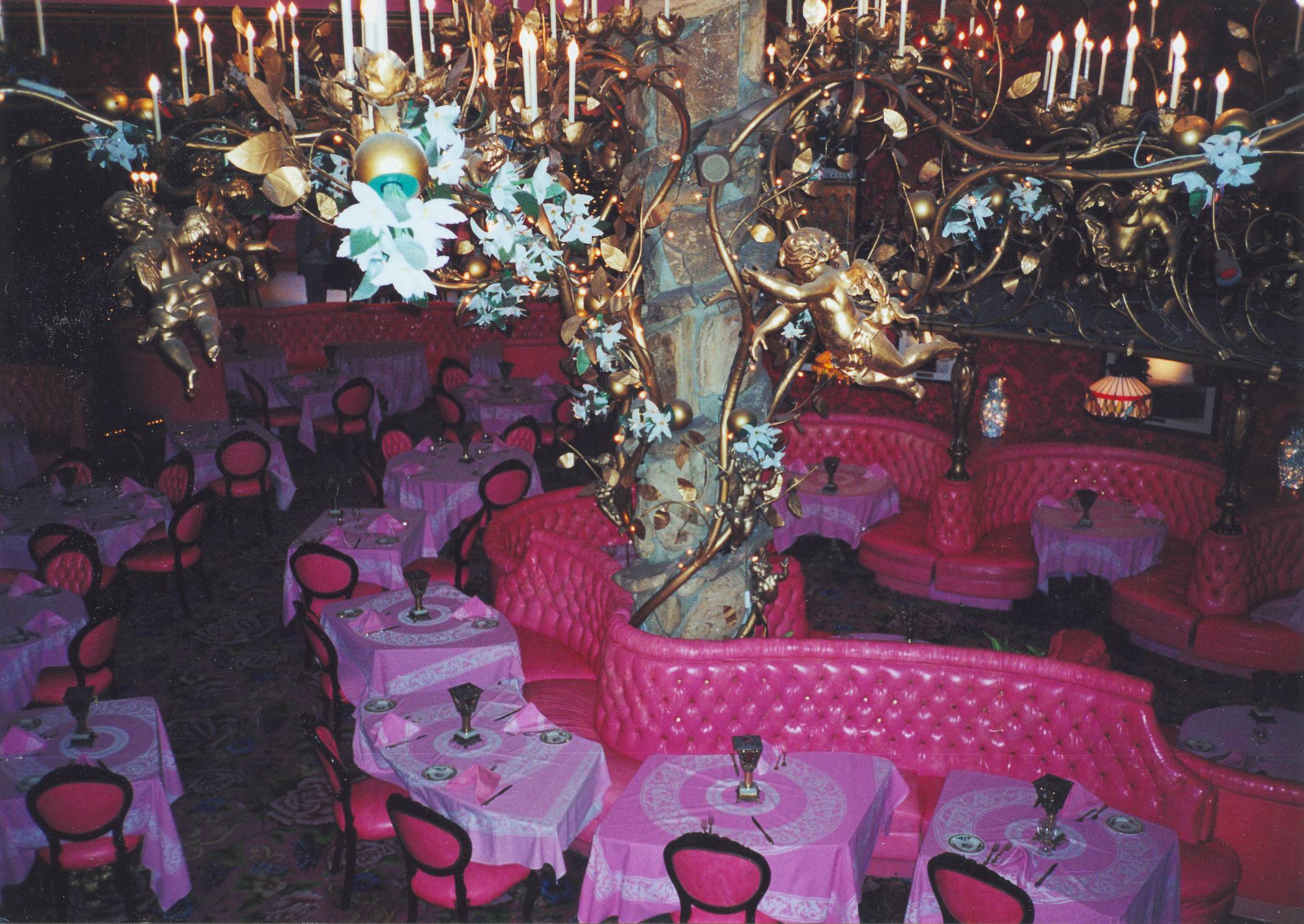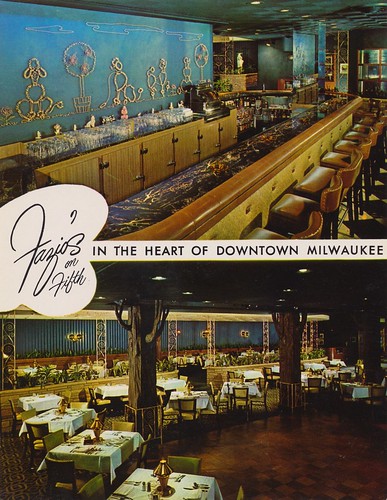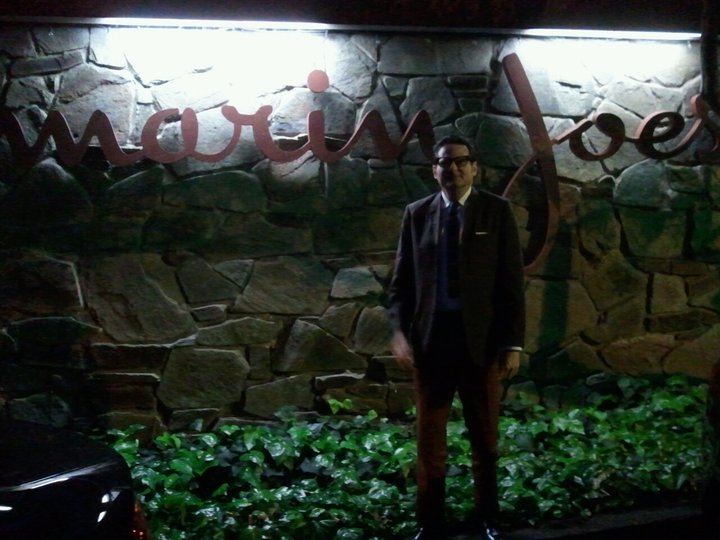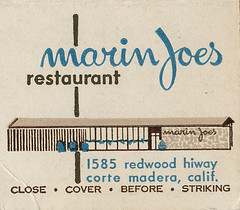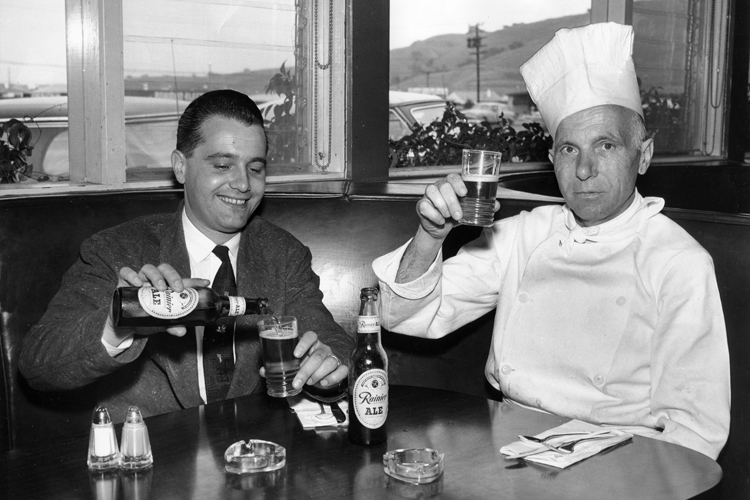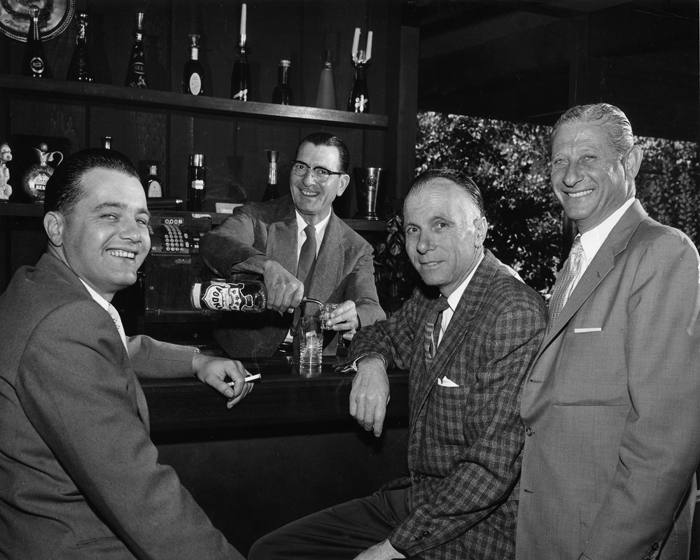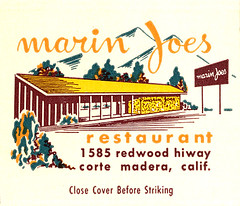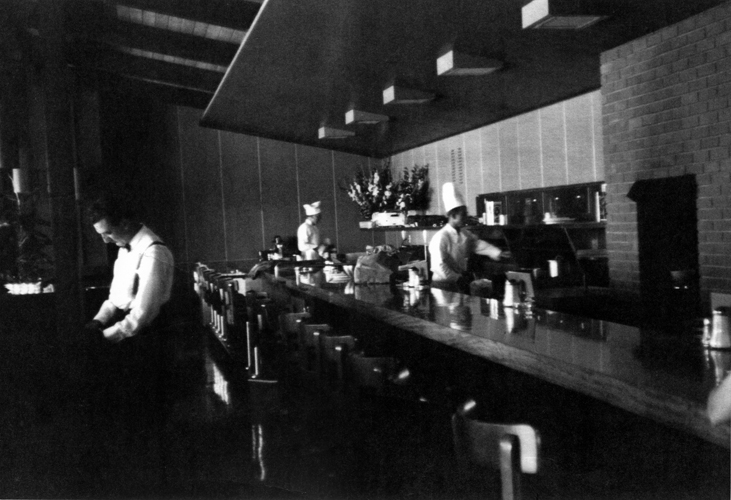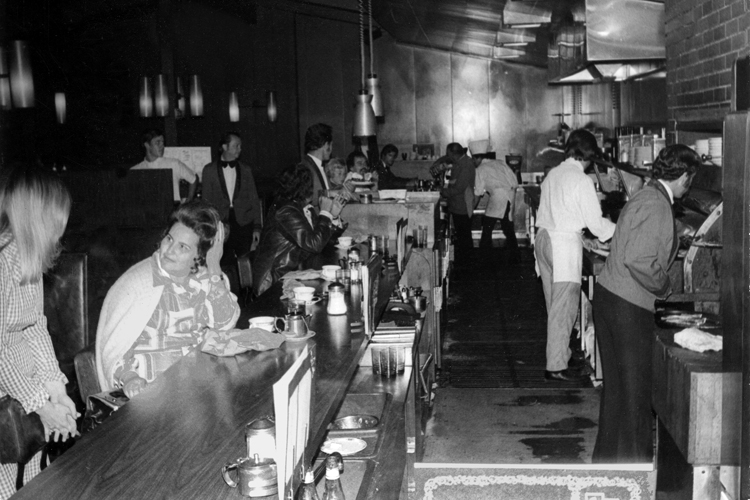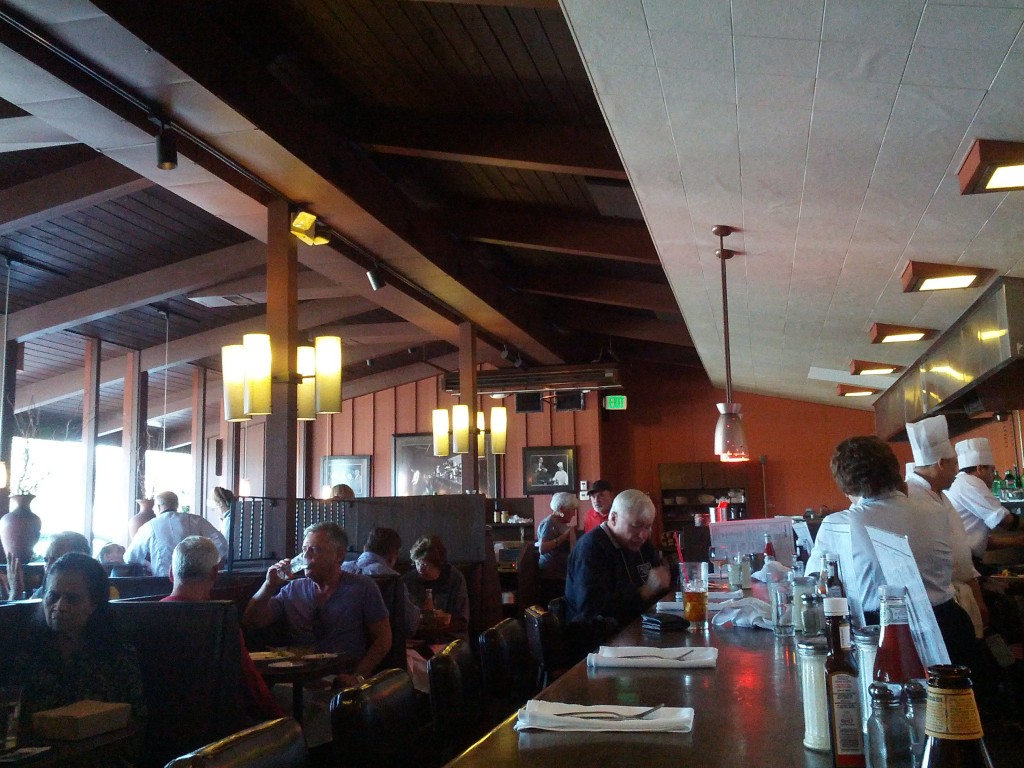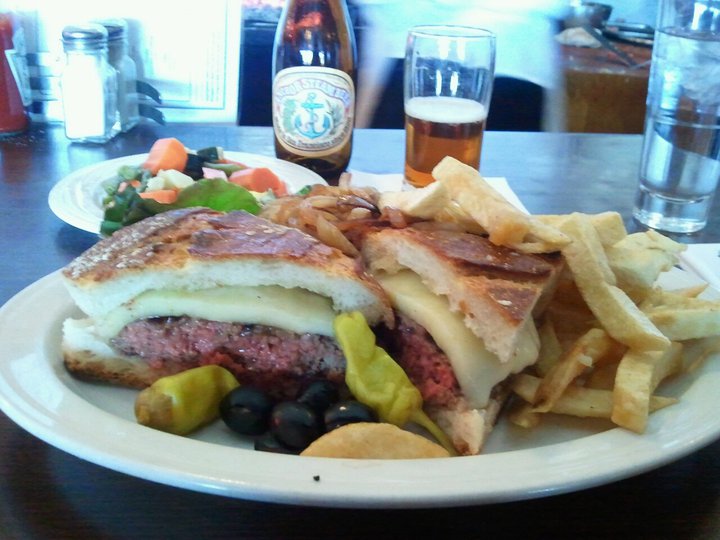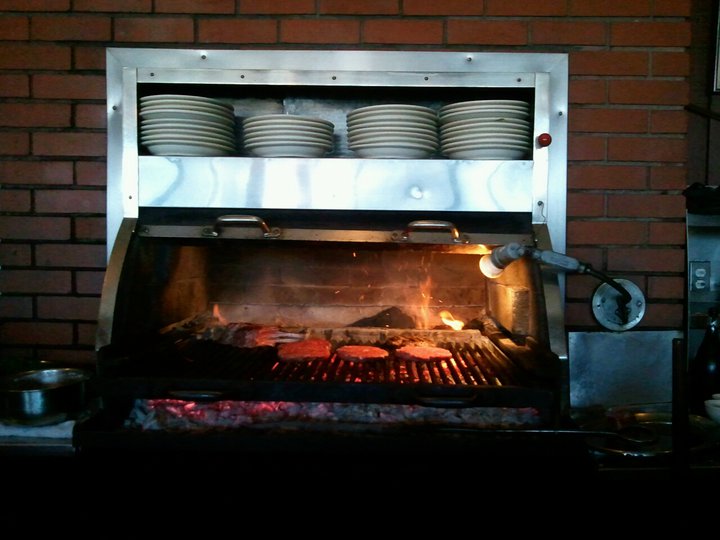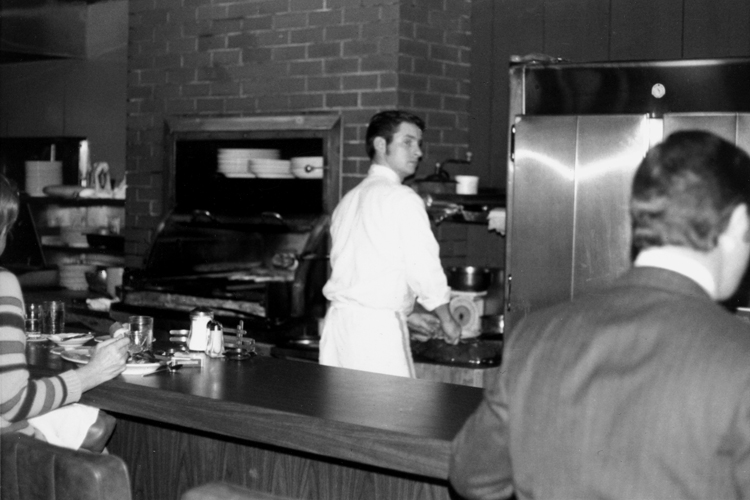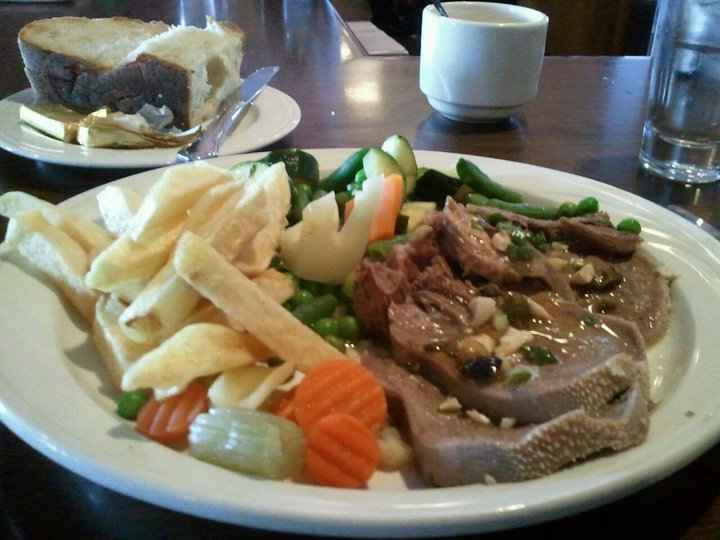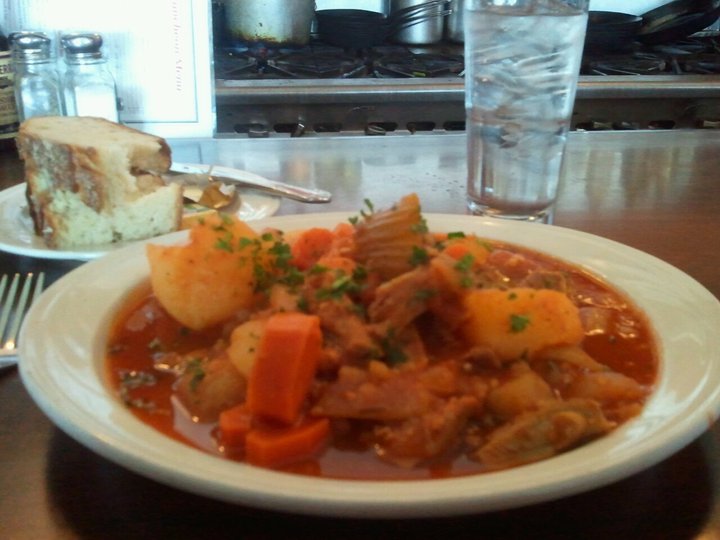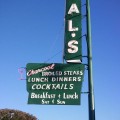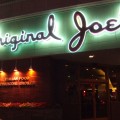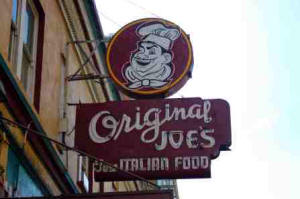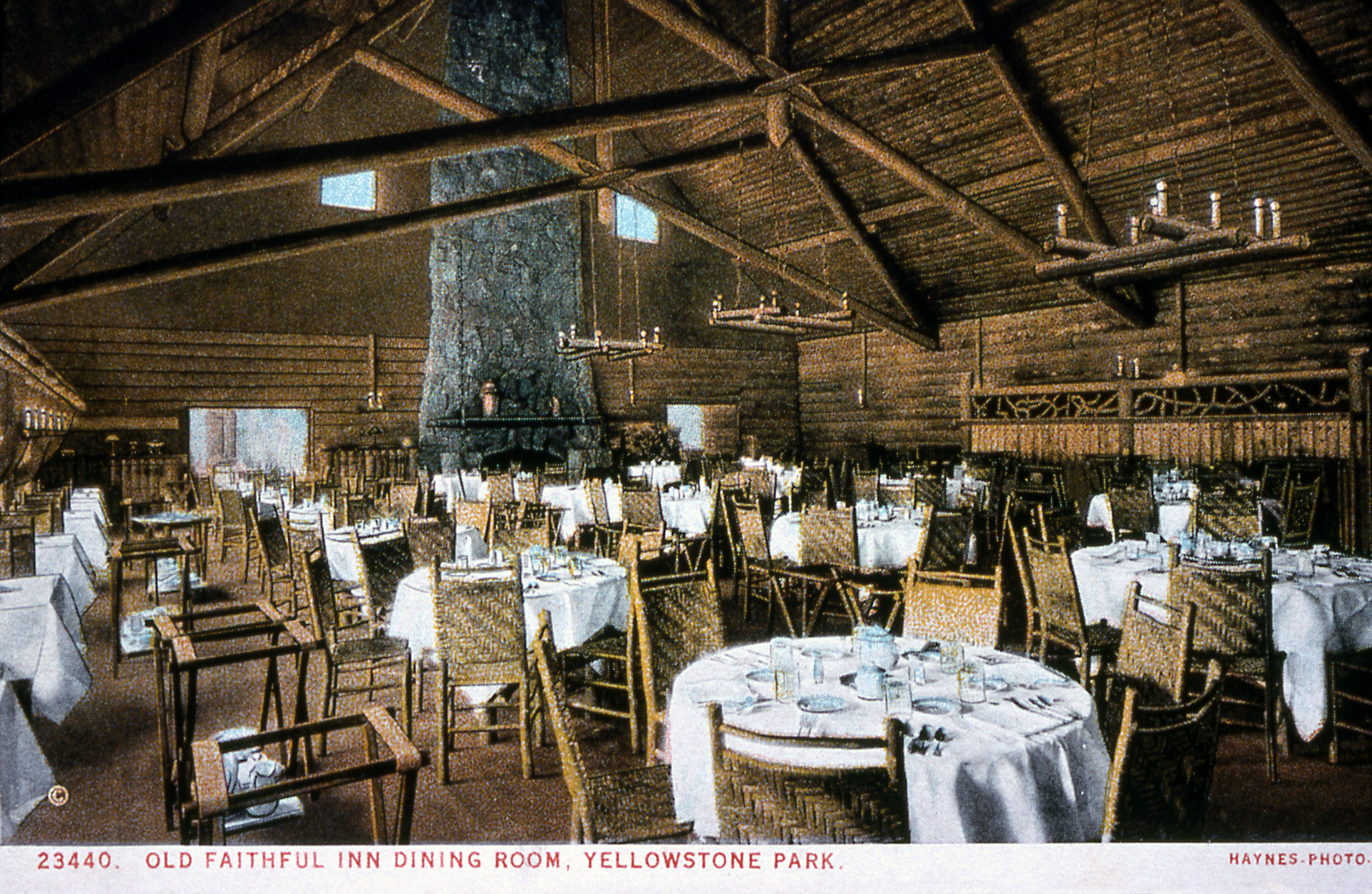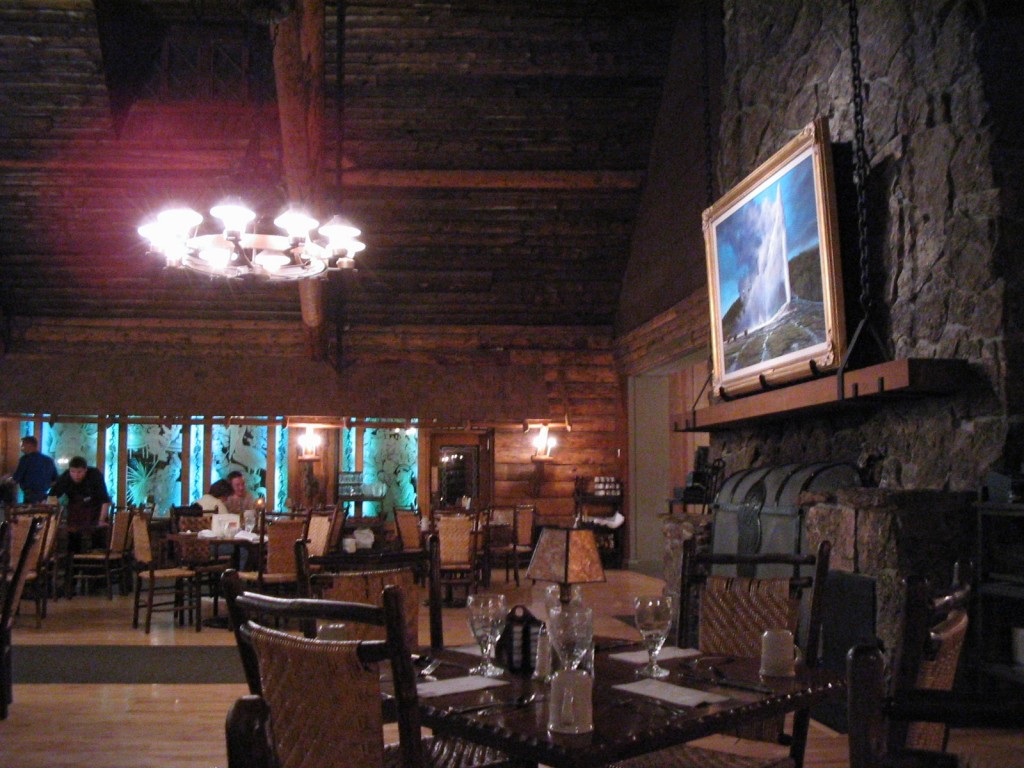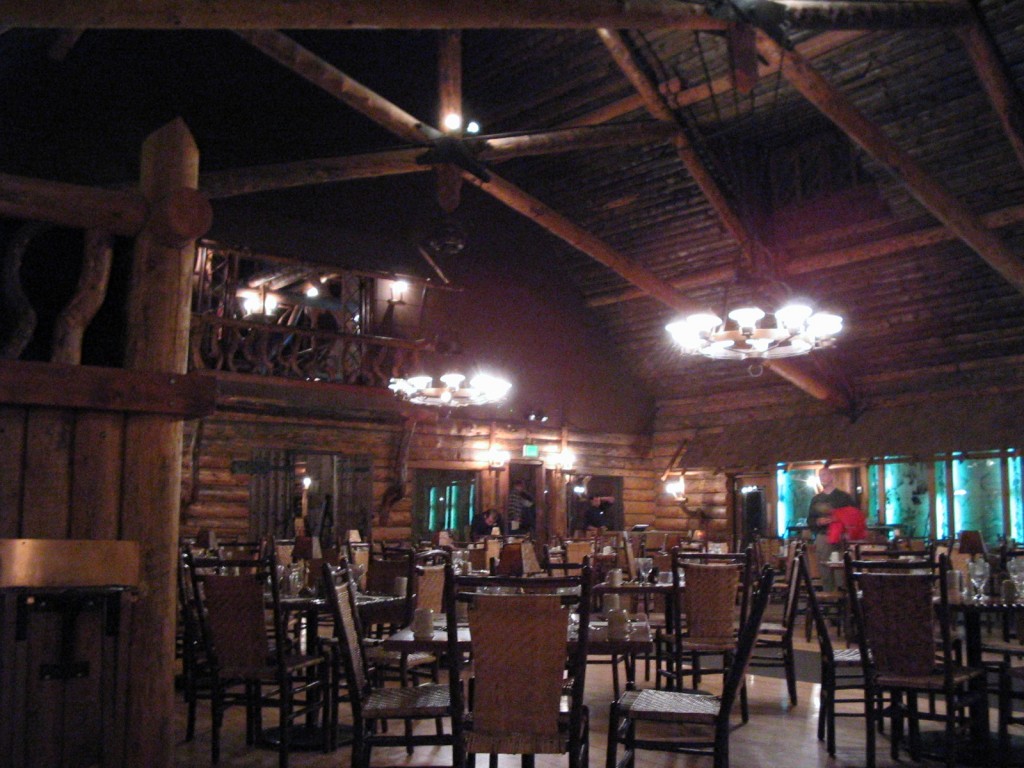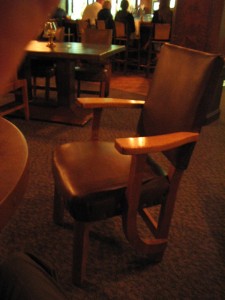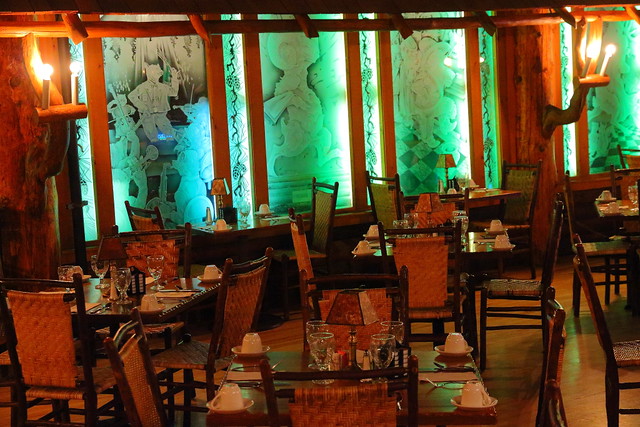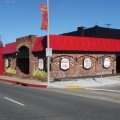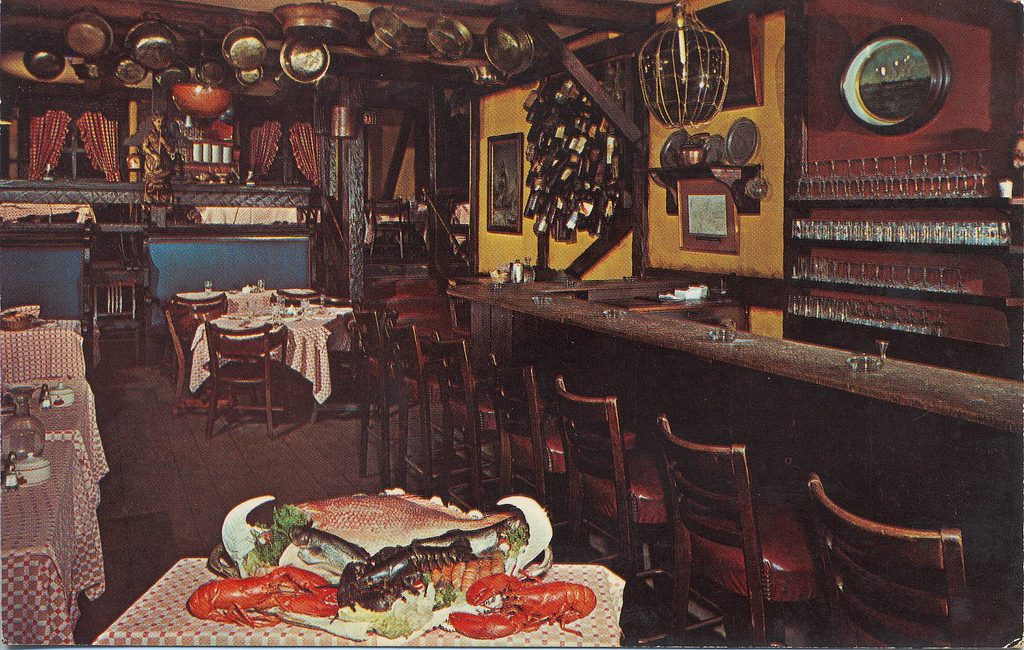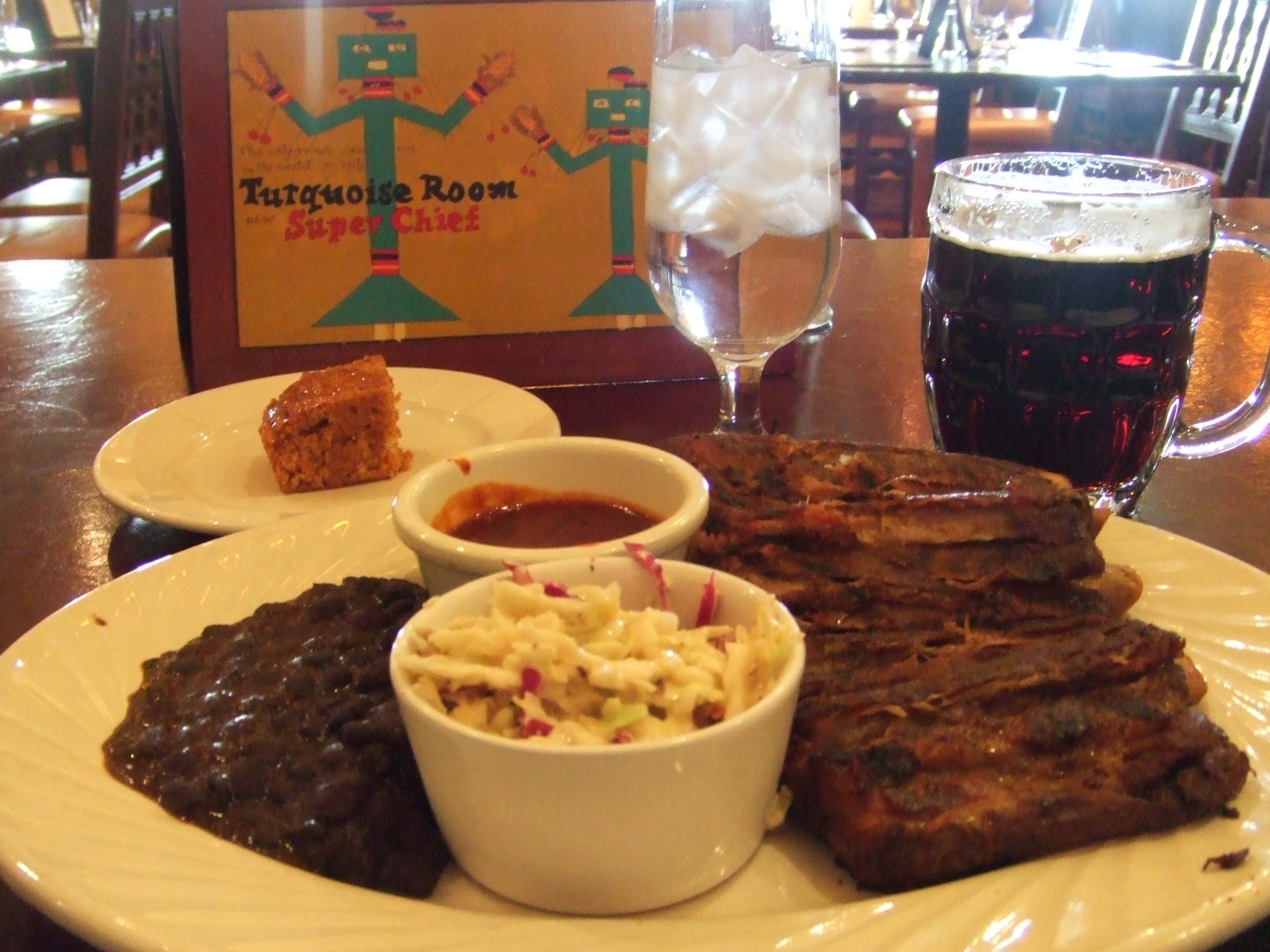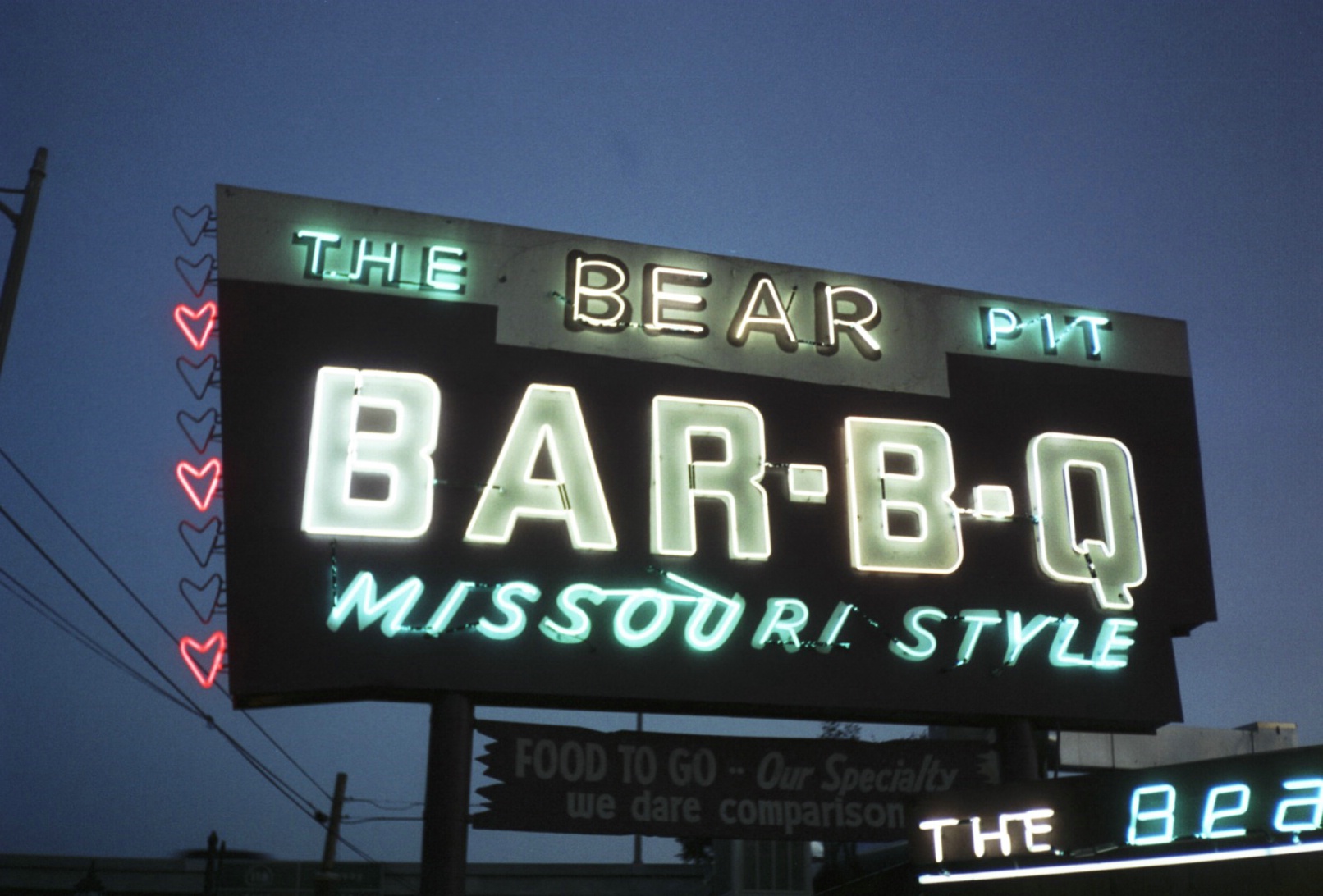Every fall I like to do a long weekend drive into the mountains of Northern California to see the fall colors. If timed right there are some areas that rival anything back east or in the Rockies, such as massive groves of aspen turning gold in front of dramatic snow-crowned mountain peaks. My favorite areas for fall color are the eastern Sierra along U.S. 395 and the surrounding roads, such as the spectacular June Lake Loop highway, and the Feather River Canyon from Oroville to Portola in Plumas County. This year I went with some friends back to the Feather River route (we previously went together in 2010), but this time instead of starting in Oroville to a base in Quincy this time we started in the overdeveloped gold country towns of Grass Valley & Nevada City, heading northeast on scenic highway 49 through sparsely populated Sierra County (pop. 3,240 and only one traffic light) to the hidden Lakes Basin, then on to Portola to spend the night. The next day we drove to Quincy and down the beautiful Feather River Canyon.
Along highway 70 between Quincy and Portola lies the charming small town of Graegle, which used to be a company town for the Graegle Lumber Company, a box manufacturer for the California Fruit Exchange in the 1920s through the mid-1950s. The town consists of several small red houses from the company town (some converted to businesses), the friendly Knotty Pine Tavern, a few motels and cabins, and, surprisingly, three golf courses. It makes a great base for exploring the Lakes Basin Recreation area nearby, a beautiful mini-Sierras of cragged peaks and dozens of lakes. Nearby to Greagle is the tiny town of Johnsville and its only business, the Iron Door restaurant.

Placemat art at Iron Door. Image by Joel E. on Yelp.com.
In 1951 gold was discovered on the slopes of Eureka Peak in Plumas County. Johnsonville was founded in 1876 at the base of the peak to house and cater to the growing mining population. The building that is now the Iron Door was built in 1906 and served as a general store and post office, but the mine closed in the 1940s (some of the mine’s artifacts, buildings, and equipment are preserved in the interesting Plumas Eureka State Park next to Johnsonville). In 1961 the Iron Door restaurant opened; and it remains in the same historic building (the only commercial building left in the small town). When entering the restaurant you pass the bar on your left and then enter the main dining room, a large room with an open ceiling of beams and rafters and a floor of pine. The room is filled with antiques and artifacts, making for a cozy, homey atmosphere, and giving you plenty to look at when nature calls. Be sure to look at the longboard skis on display above the bar. In 1853 a Norwegian miner introduced longboard skiing to the region and in 1861 the miners on Eureka Peak started the first downhill ski competition in the western hemisphere! Every winter longboard ski races are still held by the Plumas Ski Club, with the skiers wearing period attire. Our waitress told us that she even participated in the race, and that you reach very high speeds because you have to go straight down the mountain!
The menu at the Iron Door consists of steak, seafood, German schnitzel, and pasta dishes, with some daily specials such as veal piccata. Everything is house made and delicious. I went with a steak, which was tender, flavorful, and done perfectly. After dinner we tried the house “Johnsville special” dessert of vanilla ice cream, crème de menthe, and Ovaltine sprinkled on top, served in a parfait glass. It sounds strange but it was good! And it was old-fashioned, which I always appreciate.
The Iron Door is only open in May-October and is very popular among locals and visitors-in-the-know so it’s best to make a reservation. And go early (they have a lovely bar for that before dinner cocktail) because most small towns in the mountains roll up the rugs at around 9:00 or 10:00. Although I like fall best, the Plumas County area is also great in the spring and summer. There are some nice lakes and the fishing reportedly is some of the best in the state. The area is much less crowded than the mountains south of I-80. Just don’t tell everyone. Let’s keep it our little secret, OK?
Here are some fall color shots I took on this trip and last year in the Eastern Sierra. See you next fall, fellow leaf peepers!
The Iron Door
5417 Main Street, Johnsville, CA, 96103
530-836-2376
Open from May until the last Sunday in October, Wed through Mon 5pm – 9pm

